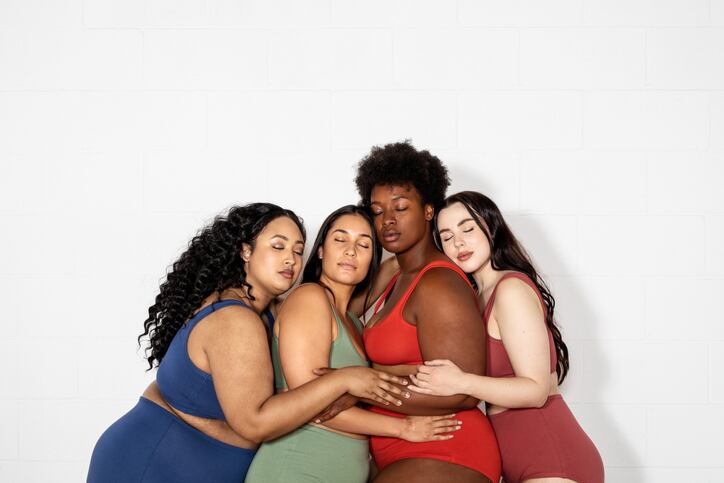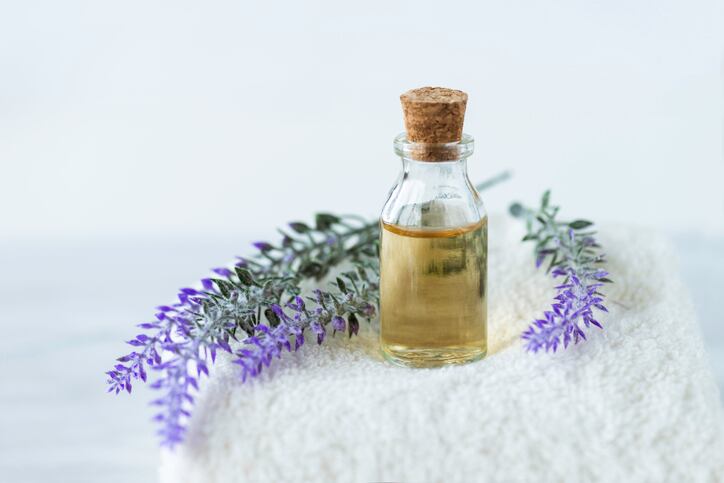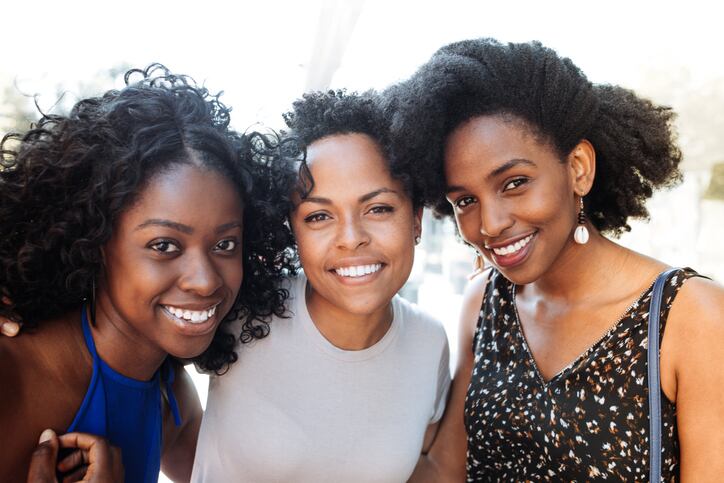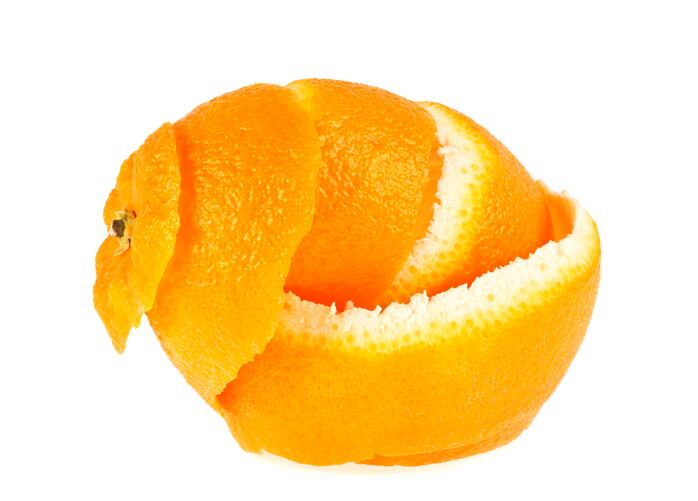Inclusive beauty has been a hot topic in the beauty world in recent years, but to meet those demands ingredient suppliers have had to take a step back in the labs to assess consumer needs and demands.
Experts have said research has seriously lagged in textured hair care, as well as skincare and suncare for those with dark skin tones, among other beauty categories. As suppliers like Dow and BASF aimed to launch more inclusive beauty ingredients, they often looked internally both for insights on consumer needs and for testing.
“You can develop a nice color based on a color palette, maybe on a white background it looks good, but in reality, you really have to do more." - Verna Talcott, Dow Beauty and Personal Care
Employees help to fill research and testing gaps
Verna Talcott, personal care North America Regional Marketing Leader at Dow told CosmeticsDesign that even though attempts have been made in the past to fill these market spaces, the testing methods in place fell short.
When the supplier wanted to create a textured hair kit, Talcott said the company turned to its Global African Affinity Network to get insight on what the collection needed to be.
“They shared what their hair care challenges were, the different products that they use, the things that they like, or things that they would like to see,” Talcott said. “Based on that feedback, our team started to brainstorm how we're going to address these needs.”
BASF also used a similar method of employee feedback to develop textured hair care products, said application chemist for the supplier Gina Guiliano.
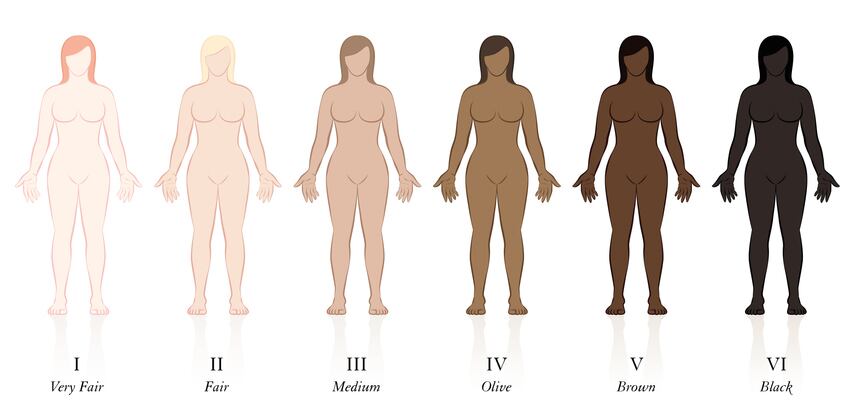
For both companies, finding hair with the appropriate texture to test formulations on was a challenge. Talcott said Dow recruited a group of volunteers with type four curls, and BASF also partnered with a stylist to do salon testing.
Outside of haircare, Talcott said she herself helped Dow find a gap in testing when, during COVID-19 safety restriction, a color cosmetic product was tested on her skin. While the dark tone looked good in testing, they found it didn’t take undertones into consideration when applied to her skin.
“You can develop a nice color based on a color palette, maybe on a white background it looks good, but in reality, you really have to do more,” Talcott said. “We now have a program internally where we’re going to be focusing on pigmented chassis to do better matching on the Fitzpatrick scale.”
Next step testing advancements
This type of development and testing utilizing employees is what BASF considers chapter two development, Guiliano said. At the 2022 Supplier’s Day, it released a chapter three kit, which involved testing of individual ingredients.
In this level of development, she said BASF tested individual ingredients in order to list the claims and benefits each of them has on textured hair. As part of that process, the company had to adjust traditional testing methods to work on textured hair or create entirely new ones.
“Calming, fatigue and breakage testing is usually done on caucasian hair, so we really had to develop and tweak methods to make it work on this hair type,” Guiliano said. “It’s not just a simple substitution.”
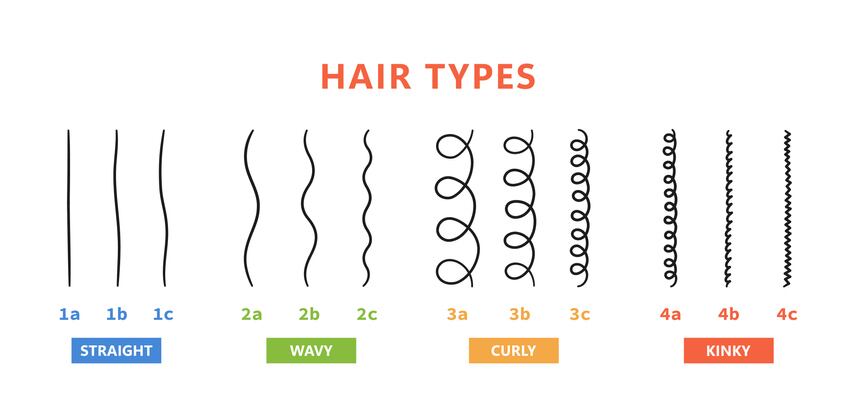
Both BASF and Dow said they will continue to develop robust testing methods for textured hair and other types of inclusive beauty products, as well as focus on the needs of multiple ethnic groups.
Marketing manager for hair, body and oral care at BASF Andrew Miller said the company built out the chapter structure because meeting inclusive beauty needs will be an ongoing journey for suppliers.
“That really has led us up to this pivotal point I'll say as an ingredient supplier to be able to speak to the individual ingredients as opposed to even a whole formulation and back by all this amazing hard work and data,” Miller said.

